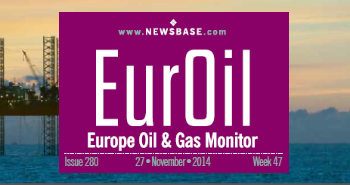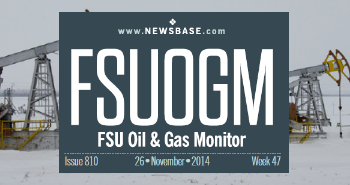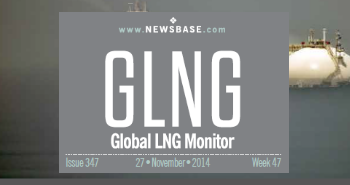Natural gas becomes costlier than oil: VTBC
Natural gas is becoming more expensive than crude oil in terms of barrels of oil equivalent (boe), VTB Capital (VTBC) said in research on August 2, following months of restricted supply and unusually high demand.
The Moscow-based brokerage noted that this was the first time that gas had exceeded oil in cost save for in trading during the turbulence of the 2008 global financial crisis, and in a single day in 2018 amid plunging temperatures. Gas prices at the TTF hub in the Netherlands, Europe’s biggest gas trading platform, have now reached $83 per boe, which is 9% higher than oil, which is at $76 per barrel.
Unlike in previous instances, VTBC said it believed the premium of gas over oil was more sustainable this time around. This is because of low levels of gas storage, with storage facility utilisation at 23% and 17% below multi-year averages in Europe for dry gas and LNG respectively. The climate agenda, which has led to the accelerated phase-out of coal, is also an important consideration.
Asian gas markets typically offer LNG exporters a premium, and this has exacerbated the price spike in Europe. VTBC estimated that LNG deliveries to Europe were 26% lower in July than in June, which in turn saw a 32% decline from the level in May. The future curve, it said, suggests that the European spot price might reach $480 per 1,000 cubic metres in the second half of the year.
“This implies a dividend yield of almost 18% for Gazprom for 2021,” VTBC’s analysts said. “Novatek benefits less from the stronger gas prices – although for ESG-concerned investors, it might be the preferred stock in the Russian energy space thanks to the company’s plans for hydrogen, blue ammonia and green LNG production.”
Gazprom has faced criticism for withholding some supply from the European market, exacerbating the price spike, in order to put pressure on EU decision-makers to approve the Nord Stream 2 pipeline. But some spectators have blamed Ukraine’s offer of inadequate transit tariffs that have prevented the Russian company from sending as much gas as it would like.
Gazprom raised its gas production by nearly 18% to almost 279bn cubic metres between January 1 and July 15 this year. It estimates that its European customers accounted for the largest share of that incremental supply, increasing purchases by over 24% to 107.5 bcm.
There are also suggestions that Gazprom might be contending with a supply crunch of its own, with its production capacity already at full utilisation. The company has not commissioned any major new green fields in Western Siberia since 2018. These leaves the company reliant on its large but mature fields such as Bovanenkovo on the Yamal Peninsula to meet the demand surge.
Gazprom’s next key new project is Kharasaveyskoye, located not far from Bovankenovo. The field is due on stream in 2023 and is expected to flow 32 bcm per year at its first-phase capacity. Development drilling at the site kicked off in June last year.




Follow us online